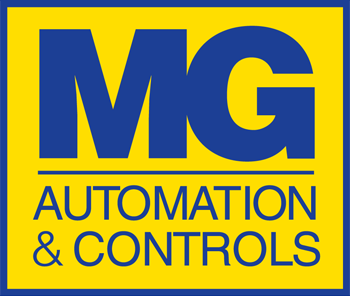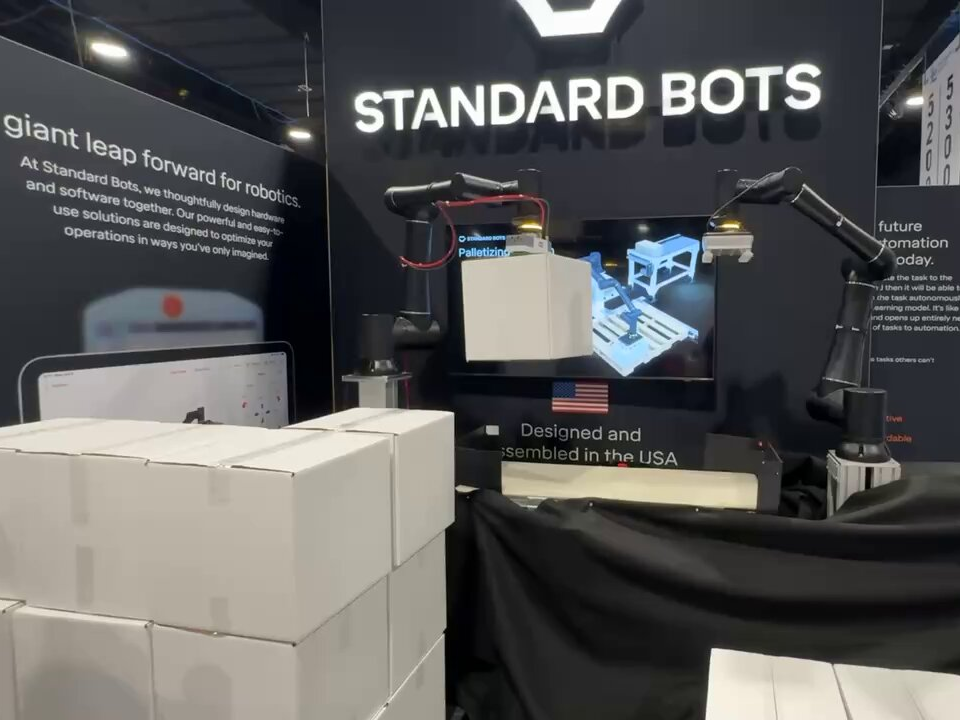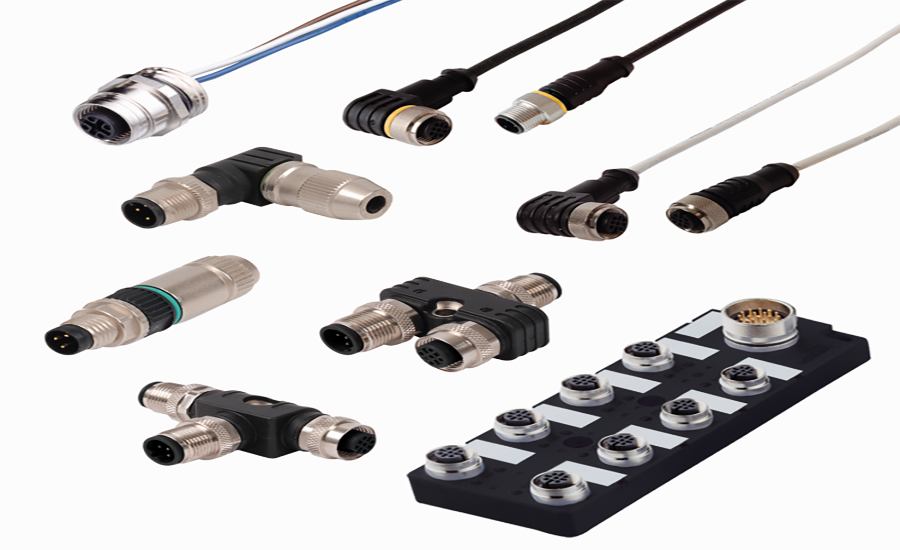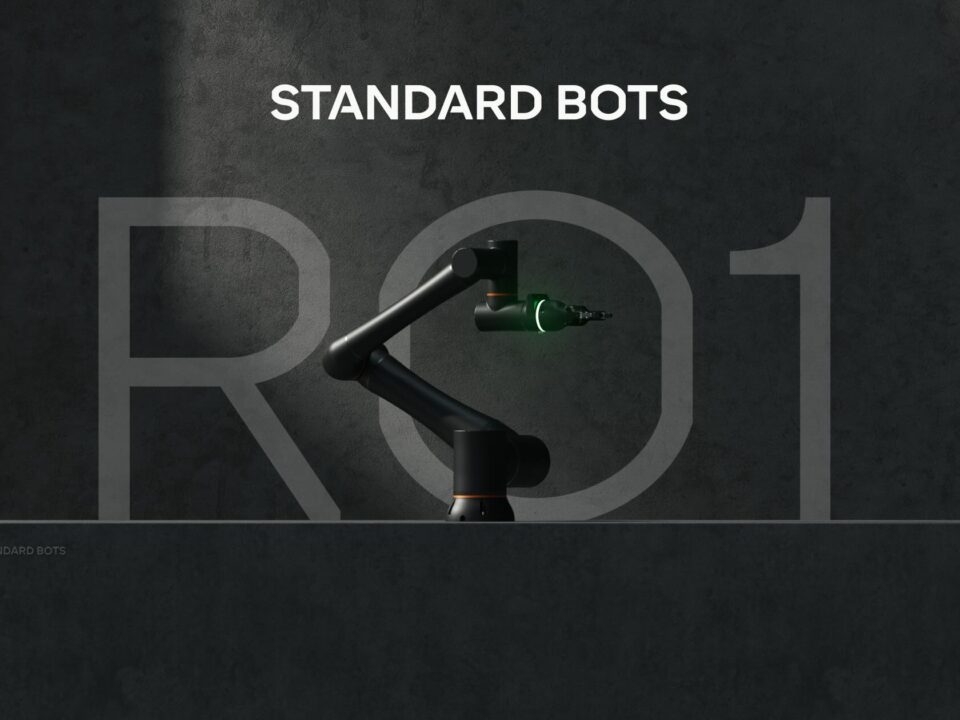New Legislation Makes Cobots an Even Bigger Financial Advantage for Manufacturers

Why American-Made Robots Are Transforming Automation: The Standard Bots Advantage
June 11, 2025New Legislation Makes Cobots an Even Bigger Financial Advantage for Manufacturers
On July 4, 2025, new legislation was introduced to give manufacturers a stronger financial incentive to adopt automation technologies. The goal of this bill is to help companies offset labor shortages, reduce operating costs, and strengthen productivity. For many operations, investing in collaborative robots (cobots) has quickly become one of the most cost-effective and impactful ways to improve efficiency and ROI.
Across industries, manufacturers and plant leaders are asking the same questions:
-
How do we keep production on schedule with fewer available workers?
-
How much does turnover really cost us in downtime and retraining?
-
Can automation make sense for small and mid-sized facilities—not just large ones?
This new legislation highlights a clear reality: cobots are no longer the future of manufacturing—they’re the solution for today’s workforce challenges.
Why Cobots Are Transforming Modern Manufacturing
Workforce shortages continue to challenge the manufacturing sector, with open positions rising while demand for output keeps climbing. Cobots help bridge that gap. They don’t call in sick, take vacation, or leave mid-shift—allowing production to stay consistent.
Unlike traditional industrial robots, cobots are compact, safe, and easy to deploy, designed specifically for small and mid-sized manufacturers. They can work side-by-side with employees without the need for safety cages or costly programming expertise.
The return on investment is also clear: a typical cobot costs between $35K and $75K and often pays for itself in 6–12 months, saving $65K–$75K per year in labor costs alone.
Cobots Empower People—They Don’t Replace Them
One of the biggest misconceptions about cobots is that they replace workers. In reality, they support and empower employees by taking on the repetitive, physically demanding tasks that often cause fatigue, strain, and high turnover.
Think about:
-
Repetitive palletizing that leads to injuries
-
Late-night or weekend machine tending that’s hard to staff
-
Endless packaging and labeling work that causes burnout
By automating these routine jobs, cobots free your skilled workers to focus on more valuable, fulfilling roles—like quality control, continuous improvement, or equipment optimization. The result is a safer, more motivated, and more productive team.
What Plant Managers Need to Know About the New Legislation
The takeaway is clear: automation is now accessible to everyone, not just major manufacturers. The cost barriers are lower than ever, and the technology is easier to deploy and scale. Companies that take proactive steps now will gain a major competitive advantage.
Start small—one cobot, one process, one shift. The productivity gains will multiply quickly as your team gets comfortable with automation and expands its use across other areas.
Key Takeaway for Manufacturers
If you’re struggling with labor shortages, missed delivery targets, or rising overtime costs, now is the time to act. Collaborative robots offer a fast, practical path to stabilize production, reduce costs, and boost overall efficiency.
MG Automation & Controls can help you explore cobot options tailored to your facility. Connect with our team today to discuss how automation can deliver measurable ROI—and give your operation the flexibility to grow, even in a tight labor market.




